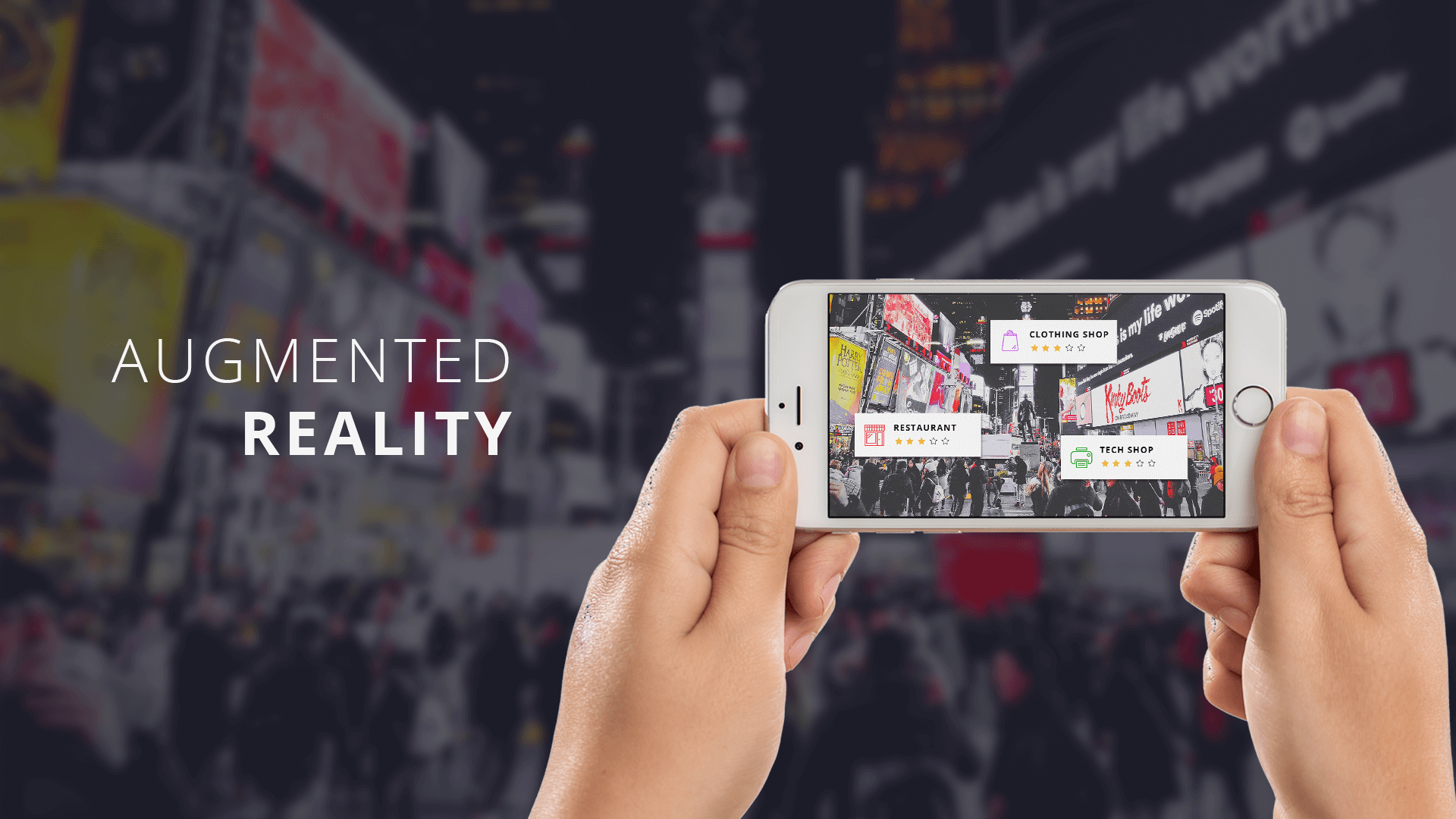Where User Story Mapping Fits In
Put simply, a user story is a tool used in Agile software development to capture a description of a software feature from an end-user perspective. The user story usually describes the type of user, what they want, and why, helping to create a simplified description of a requirement.
Every company should obsess with the user experience and customer experience in more general terms. We hear this mantra every day now.
As digital has become ingrained in our daily lives, websites also remain one of key, if not the most important, gateways to make your brand known, attract and service customers. Naturally, companies and organisations invest heavily in website redesign projects, with the UX being critical factor for success.
There are myriad of ways to handle the UX strategy and design, myriad methods of conducting a redesign process. From stakeholder interviews to competitive analysis, to rapid prototyping workshops agencies obsess how to succeed and establish a great outcome in the most efficient and effective way.
At Wunderkraut, an Appnovation company, we believe in collaborative approach. User story mapping workshops help us define needs and design the solution more efficiently. It's a great way to get customers empathise with end users and put themselves in their customers' shoes.
In the experience design process, the user story mapping comes after audits, analytics and competitor reviews. You should also have user personas defined to understand for whom you're designing. And of course, the value proposition should be clear to differentiate your brand and offering.
A valuable exercise to do before the user story mapping is to create a blueprint of the overall customer experience. This allows you identify various engagement phases and will trigger ideas of what features would be useful in each phase.
Benefits of Group Thinking in Product Features Design
We see two main benefits for doing the user story mapping. First, it brings clarity about the product we’re trying to build, its functionality and priorities for both end users and the business. Second, it can help align stakeholders as to what to expect scope-wise, feature wise and in what order the product will be delivered. In simple terms, user story mapping is a great way to get everyone on the same page and set expectations upfront.
Another benefit is that based on the user story mapping outcome it’s possible to create an estimate for implementing those. Even though it won’t inform on the UI design, if done detailed enough, it gives a good indication of what will need to be implemented. In a way, it’s almost like an insurance policy for designers.
Depending on the size of the group and participants, you can decide to split them into smaller groups and brainstorm about specific feature sets. To solicit feedback, get additional ideas and validate generated ones, groups can be invited to look at other feature sets. Planning the workshops in sort of a round-table fashion can be productive.
Feedback will almost definitely spark new ideas and features no-one considered initially.
Another important prerequisite is to define business goals and actions upfront. Having clearly identified goals allows better translation into end user needs, so that each feature and functionality is useful to the end user and helps achieve business goals.
What Comes After...
With the features listed, you can start validating them by writing out use cases. This way you can ensure your features are prioritised in the right way and will offer logical improvements in the user experience.
If you’re working agile, the user story mapping workshop is a perfect time to assign priorities and business value to features, as well as explore dependencies. This will enable customer to then reorder features with a clear understanding of how it may impact the launch, roll out and customer experience.
The second part of this blog post will be dedicated to an actual process of organising and conducting a user story mapping workshop. By giving practical tips and steps we will share our experience and learnings. Stay tuned!


